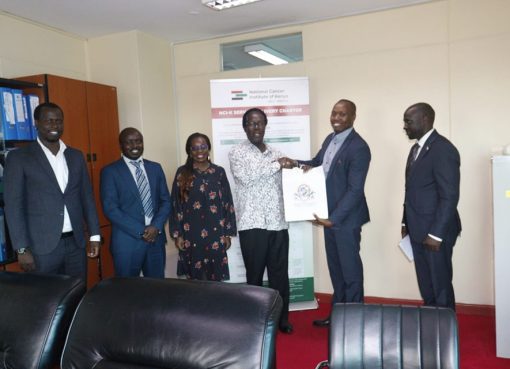At least 5.4 million more Kenyans may face acute food shortage by June 2023 due to the prolonged drought ravaging the country, Kenya Food Security Steering Group (KFSSG) report reveals.
The steering group noted that the number of people in need of humanitarian assistance had increased from 3.5 million people in July 2022 to the current 4.4 million. With the worst hit counties in Arid and Semi-Arid areas (ASALs).
The report indicates that the prolonged drought has worsened the food and nutritional security of affected victims.
The deteriorating conditions is mainly attributed to the extremes of weather that have been experienced across various livelihood zones after five consecutive below average rainy seasons,” the Kenya Food Security Steering Group warned.
Owing to the prolonged drought situation, some 495,362 people were from non-ASALs counties of Machakos, Homa Bay, Migori, Siaya, Elgeyo Marakwet, Kiambu, Nakuru, Kirinyaga and Murang’a.
Out of 4.4 million people, the Food Security Steering group said 3.6 million people are in crisis phase while the remaining 800,000 people need immediate humanitarian assistance. Projecting the drought situation continues to escalate.
“During this period, the population in crisis is expected to increase from 4.4 million people to about 5.4 million people by June.
The population in the emergency phase may increase further to approximately 1.2 million,” the food security steering group revealed, adding that Turkana, Marsabit Mandera, Wajir and Garissa counties may slide in the emergency phase.
They further pointed out that, due to the worsening drought situation, the nutrition status of children and breastfeeding women increased from 884,464 to 970,214 and 115,724 to 142,179 reported in July 2022 respectively.
The counties of Turkana, Marsabit, Mandera, Isiolo, Garissa, Baringo, Samburu, Wajir, West Pokot, Laikipia, Kajiado, Kilifi and Kwale are the most affected.
“Due to prolonged drought, the nutrition status of children and women have worsened. These women and children are in urgent need of life-saving treatment for malnutrition,” the food security steering group appealed.
The drought situation is attributed to the extreme weather that has been experienced after five consecutive below average rainy seasons.
The Kenya food security steering group is now calling for a concerted effort in offering humanitarian assistance in a bid to save the drought affected population.
“It is crucial that more funding is available to support humanitarian assistance efforts and sectoral interventions to effectively mitigate the worsening acute food insecurity in the coming months keeping in mind the high likelihood of another below average rainfall season over the March to May long rains period,” urged the food security steering group.
By Muturi Mwangi




